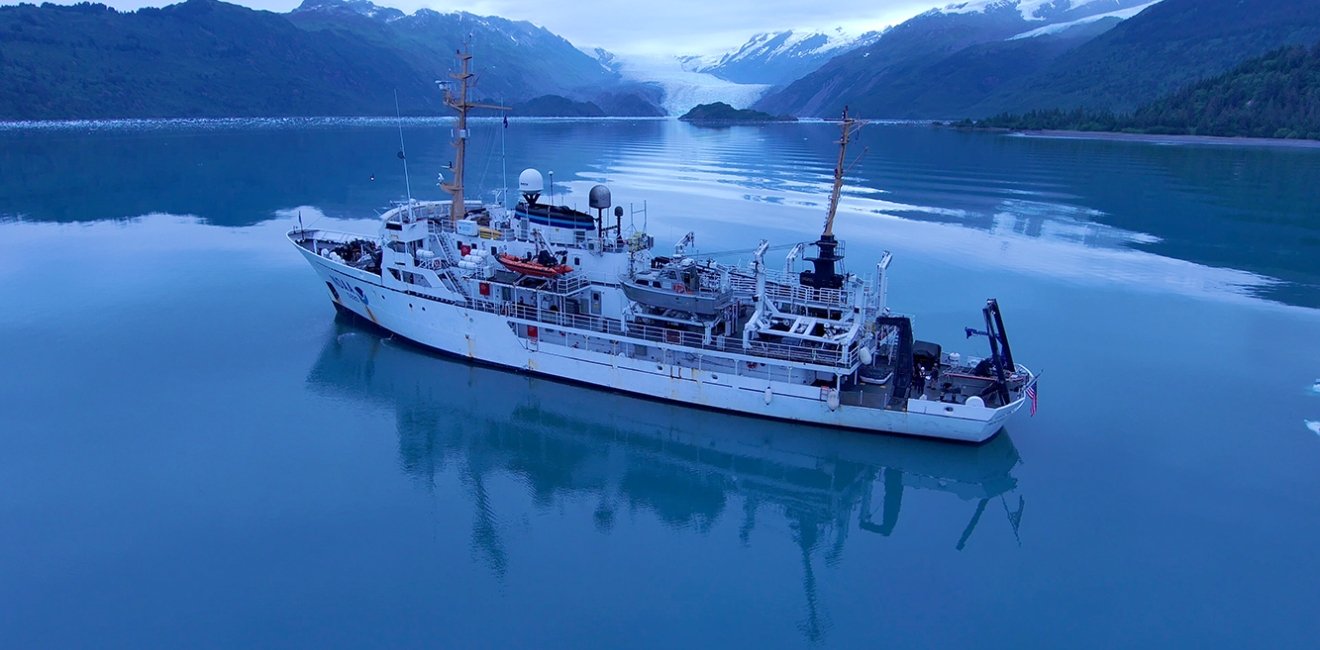Today’s announcement by the US Department of State that the US will exercise its rights under customary law to an extended continental shelf (ECS) has long-term, practical implications for the federal bureaucracy and other related maritime organizations. As noted in the announcement, the US has a significant ECS in multiple, far-flung ocean areas: along both the East (Atlantic Ocean) and West (Pacific Ocean) coasts; in the Gulf of Mexico; in the Bering Sea; in the western Pacific off the Northern Mariana Islands (and Guam), and importantly, in the Arctic Ocean north of Alaska. The US ECS Project has estimated that the additional marine areas in question total approximately one million square kilometers.
The largest US ECS region is in the Arctic Ocean beyond our 200-nautical mile exclusive economic zone (EEZ) and extending north into the Central Arctic Ocean (CAO). This is a remote region sandwiched between seabed claims by Russia and Canada. The potential for overlapping claims and the specter of future negotiations require not only effective presence and domain awareness, but also enhanced scientific data on the seabed and subsoils in a potentially contested marine area.
Monitoring and surveillance of all the new ECS regions will require enhanced satellite (DOD and NOAA) coverage as well as aerial reconnaissance to fulfill US national security interests. Increased surface ship presence for maritime law enforcement will be required by Coast Guard cutters on routine deployments within all ECS areas; increased operational funding to the Department of Homeland Security will be needed to expand the Coast Guard’s global reach. One key challenge for the Coast Guard will providing polar security cutter (polar icebreaker) presence in the Arctic Ocean perhaps initially on a seasonal basis. Coast Guard Cutter Healy is currently the only asset available for extensive operations in Arctic waters that are ice-covered. Recent summer deployments in 2022 to the North Pole and in 2023 along the Eurasian Arctic have proven Healy’s robust multi-mission and research capabilities within the CAO. Likely required will be Healy’s continued hydrographic and oceanographic operations in the new ECS to further secure the US claim. Notably, Healy has been the primary research platform gathering US seabed and subsoil data during the past two decades. The ECS announcement also provides clear needs and national requirements for the Coast Guard’s new polar security cutters (now under construction) that hopefully will be operational by the end of the decade.
Domain awareness within the Alaskan EEZ and new ECS will also be provided to the Coast Guard, other federal agencies, and the State of Alaska by the marine traffic information collected by the public-private partnership (and non-profit) Marine Exchange of Alaska (MXAK). Using a network of more than 150 Automatic Identification System (AIS) receivers around Alaska’s coasts, MXAK provides vessel tracking, maritime domain management, and a measure of regulatory compliance. MXAK with its newly established Arctic Watch program focused on Arctic marine operations will be an important US asset in monitoring the new ECS areas claimed in the Bering Sea and CAO.
Each of the new US ECS areas will require expanded hydrographic surveys and charting by NOAA’s National Ocean Service. Continued research by the US Geological Survey (USGS) will be necessary to increase our understanding of the natural resources available in the ECS seabed and subsoils; determination of their future economic viability will also be important for future planning and policymaking. The Bureau of Safety and Environmental Enforcement (BSEE) will also be a player in carrying out its responsibilities for offshore safety, environmental protection, and conservation of natural resources. The Commerce Department (for NOAA) and Interior Department (for USGS and BSEE) will need additional funding to respond to these new ECS requirements.
In exercising US sovereign rights in its ESC several federal agencies—especially the Coast Guard, NOAA, USGS and State Department—will be key to providing effective domain awareness, deploying physical presence, continuing scientific research (and data collection), and conducting diplomatic outreach to secure US outer limits to its ECS.
Author

Fellow, Center for Arctic Study & Policy, U.S. Coast Guard Academy

Polar Institute
Since its inception in 2017, the Polar Institute has become a premier forum for discussion and policy analysis of Arctic and Antarctic issues, and is known in Washington, DC and elsewhere as the Arctic Public Square. The Institute holistically studies the central policy issues facing these regions—with an emphasis on Arctic governance, climate change, economic development, scientific research, security, and Indigenous communities—and communicates trusted analysis to policymakers and other stakeholders. Read more

Explore More
Browse Insights & Analysis
Fulbright Arctic Initiative IV Scholar at the Polar Institute

Trump 2.0’s Arctic Opportunity: Thawing Frozen Dialogue


